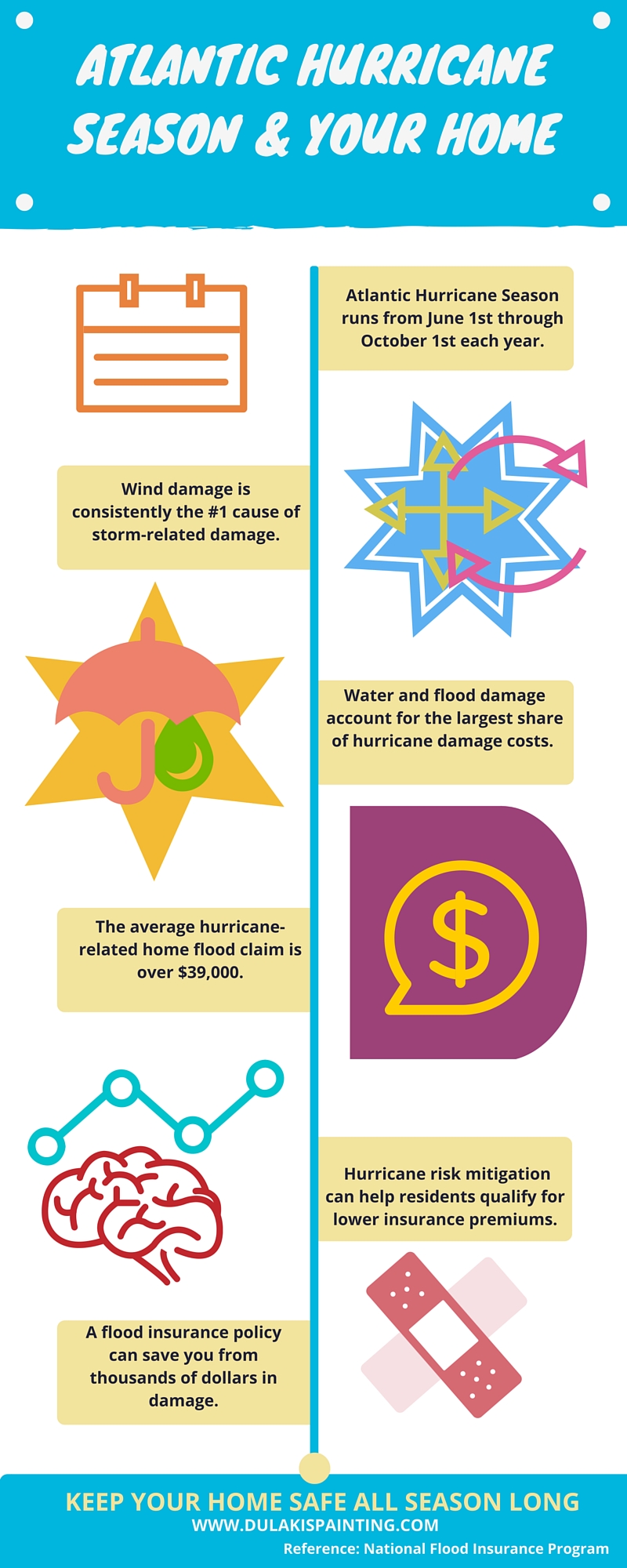Crucial Seasonal Aspects Of Commercial Exterior Paint: What You Must Understand
Crucial Seasonal Aspects Of Commercial Exterior Paint: What You Must Understand
Blog Article
Posted By-Aguilar Decker
When you're intending an industrial external painting task, seasonal factors can make or break your results. You'll want to consider how temperature level and humidity effect paint application and drying out times. Selecting the best season can ensure your paint sticks correctly and lasts much longer. But which periods are genuinely the best for this type of job? Let's explore the key elements that can influence your project's success.
The Impact of Temperature Level on Paint Application
When you're intending an industrial external painting job, the temperature can significantly impact how well the paint sticks and dries.
Ideally, you intend to paint when temperatures vary in between 50 ° F and 85 ° F. If it's too chilly, the paint may not treat properly, leading to concerns like peeling off or cracking.
On the other side, if it's too hot, the paint can dry also promptly, avoiding appropriate attachment and causing an unequal coating.
You need to also think about the time of day; early morning or late afternoon offers cooler temperatures, which can be much more desirable.
Always examine the maker's referrals for the certain paint you're making use of, as they commonly give advice on the suitable temperature level range for ideal results.
Humidity and Its Result on Drying Times
Temperature level isn't the only environmental factor that influences your industrial outside paint job; humidity plays a considerable function also. High moisture levels can slow down drying out times dramatically, influencing the overall quality of your paint task.
When the air is saturated with dampness, the paint takes longer to cure, which can bring about problems like bad adhesion and a higher danger of mildew growth. If you're painting on a particularly moist day, be prepared for extensive wait times between coats.
It's critical to check regional climate condition and strategy accordingly. Ideally, go for moisture degrees in between 40% and 70% for ideal drying out.
Keeping these factors in mind guarantees your job stays on track and provides a long lasting surface.
Best Seasons for Commercial Outside Painting Projects
What's the best season for your commercial exterior painting projects?
Spring and very early fall are usually your best choices. During these seasons, temperatures are moderate, and moisture degrees are commonly reduced, developing excellent problems for paint application and drying out.
Stay clear of summer's intense heat, which can trigger paint to dry too swiftly, bring about bad attachment and finish. In a similar way, winter's chilly temperature levels can impede appropriate drying out and healing, risking the durability of your paint job.
Go for days with temperatures between 50 ° F and 85 ° F for optimum outcomes. Remember to check you could try these out for rain, as wet conditions can ruin your task.
Planning around https://interior-home-painters-ne00487.snack-blog.com/34406791/change-your-room-uncover-the-benefits-of-involving-specialist-home-painters-for-your-home ensures your paint task runs efficiently and lasts much longer.
Final thought
Finally, planning your business external paint jobs around seasonal considerations can make a considerable distinction in the result. By scheduling work throughout the suitable temperature levels and moisture degrees, you'll make sure far better adhesion and drying times. Bear in mind to watch on neighborhood weather prediction and choose the right time of year-- spring and very early loss are your best choices. Taking https://archermtrqp.idblogmaker.com/33547719/discover-the-amazing-effect-of-home-painters-and-see-just-how-their-remarkable-talents-can-transform-your-home-into-a-sensational-artwork will aid you attain a sturdy and specialist surface that lasts.
